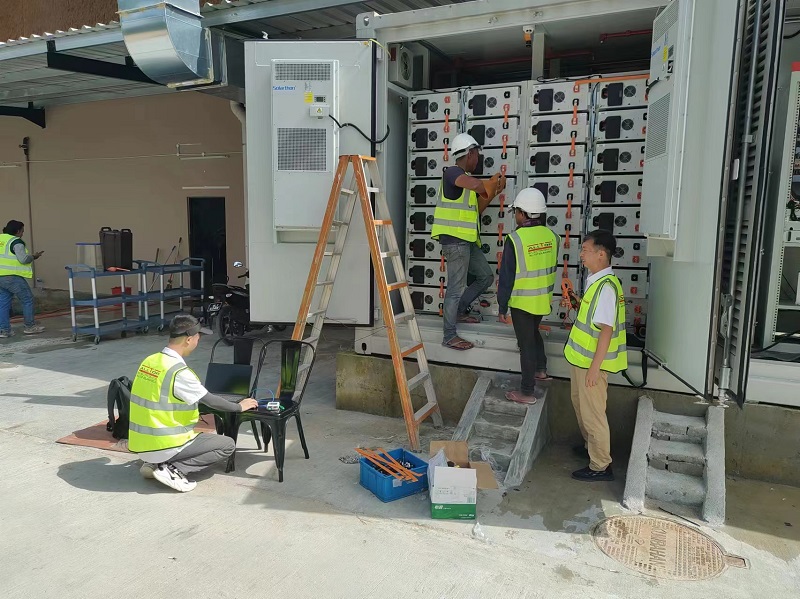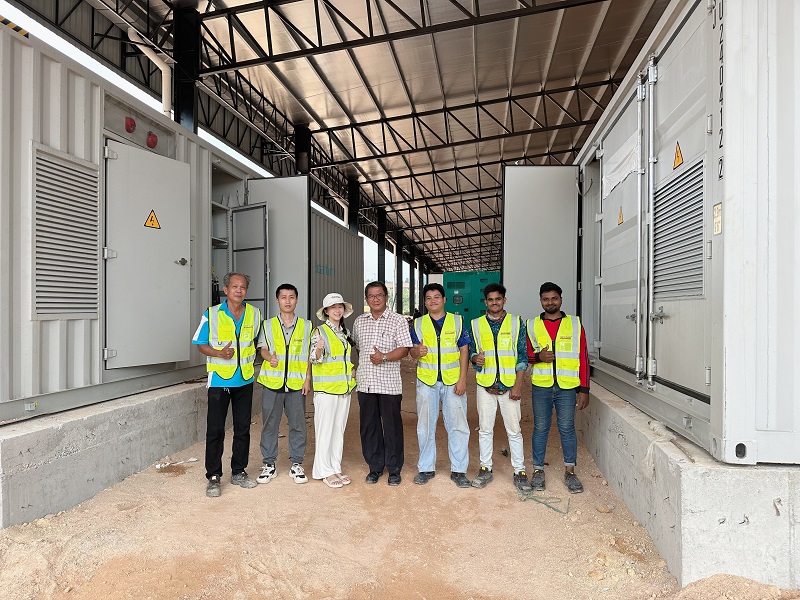Dive into the world of 1MW battery storage systems that are pivotal in managing sustainable energy.
Learn about the intricacies of these systems,including their Functions, internal accessories, power supply
introduce,Understand their crucial role in balancing energy supply and demand, particularly when using
fluctuating renewable energy sources.
What is 1 MW battery storage?
A battery energy storage system having a 1-megawatt capacity is referred to as a 1MW battery storage system. These battery energy storage systemdesign is to store large quantities of electrical energy and release it when required.
It may aid in balancing energy supply and demand, particularly when using renewable energy sources that fluctuate during the day, like sun and wind. Additional 1 MW battery storage advantages include increased power quality, less greenhouse gas emissions, and 1 MW battery storage cost.
For 1 MW of battery storage, many battery types, such as lithium-ion, lead-acid, and flow batteries, are employed. Each battery type used in a 1MW battery storage has advantages and disadvantages in terms of price, performance, and lifetime.

What does a 1mw battery energy storage system include?
● Battery racks and wiring: These components house the battery cells and link them in series or parallel configurations to provide the required voltage and capacity.
● Battery management system (BMS): This system monitors and regulates the efficiency and security of the battery cells. The battery BMS can continually monitor and modify a number of factors, including voltage, current, temperature, and charging status, to maximize battery life and performance.
● Power conversion system (PCS): The power system converts direct current stored in the battery to alternating current supplied to the grid. Likewise, it functions reversely and transforms grid-supplied AC to be stored as DC in the battery-safe. In order to meet grid needs, it may also adjust the frequency and voltage of the output power.
● Container: This is the building in which the 1 MW battery storage individual parts are kept. It might be a typical 20- or 40-foot container that can be linked to the grid. Other auxiliary elements in energy storage container may include heating, ventilation, air conditioning (HVAC), fire prevention, communication, and security systems.
How long can a 1 mw battery storage system power a facility?
The duration depends on several factors, such as the battery’s power and battery capacity, the facility’s load and demand, and the availability and cost of grid electricity. A simple way to estimate the duration is to divide the battery’s usable energy capacity by your facility’s average power consumption.
If you had a battery with 1 MW power and 4 MWh of useable energy, for example, you might extend your power output to 8 hours at 0.5 MW or 4 hours at 1 MW, and so on. However, this is the best-case scenario, and it ignores factors like battery efficiency, degradation, and how much energy is lost while the device is not in use. So, depending on the battery and how your location operates, the actual lifespan can be different.

